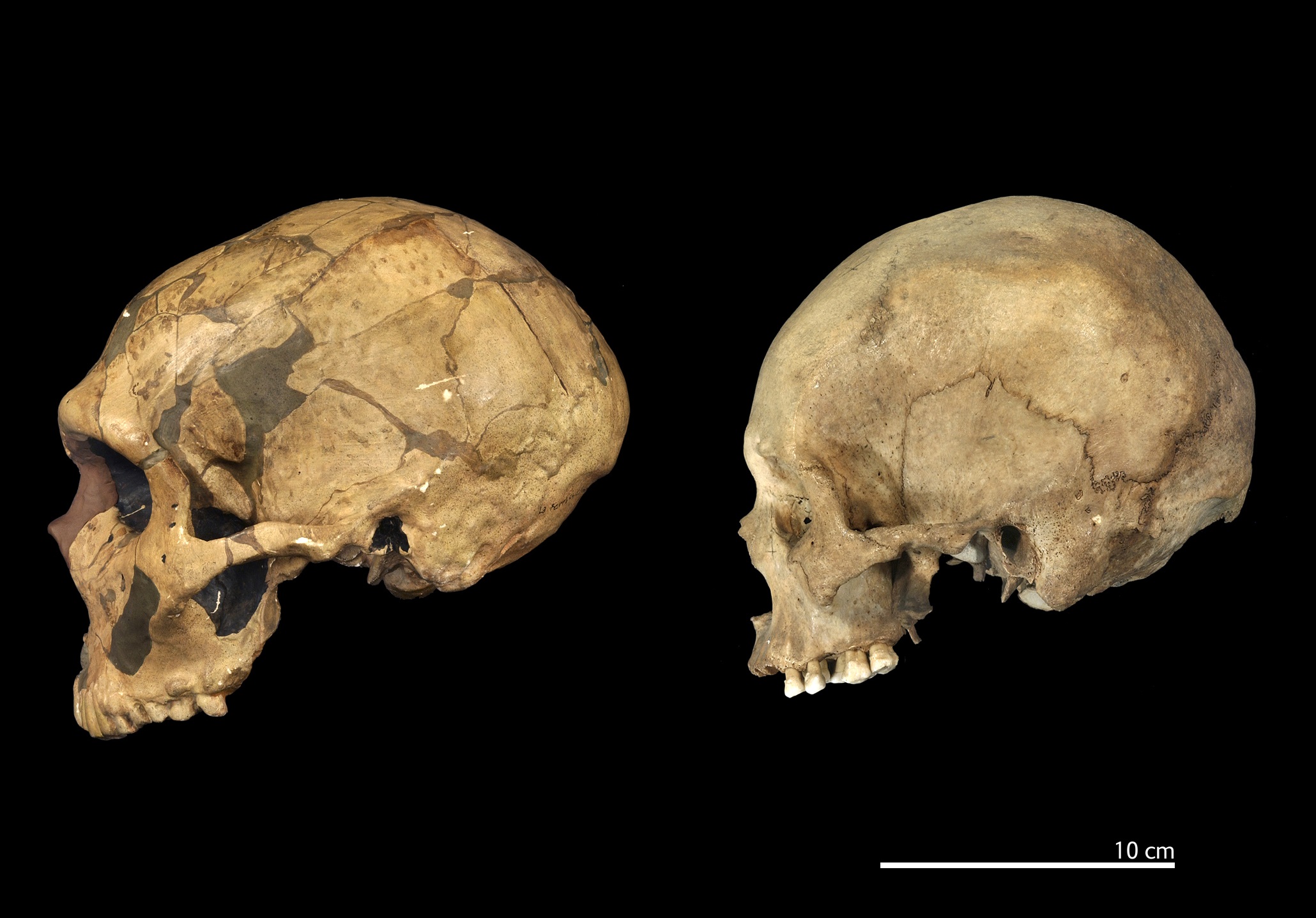Just how similar were Neanderthals to Homo sapiens? Are we a single inseparable species or just siblings (perhaps merely cousins) in the great, messy family tree of humans? These questions have been debated since Neanderthal fossils were first unearthed in the 19th century, but a new paper aims to advance the discussion and move it past “unproductive deadlocks”.
Researchers from London’s Natural History Museum and KU Leuven have argued that Neanderthals and modern-day humans (H. sapiens) should be classed as separate species, rather than subspecies.
To reach this conclusion, the two researchers looked at a wealth of morphological, ecological, genetic, and temporal evidence on both human forms. They argue that geographical space is a vital piece of the puzzle and helps to affirm the idea that Neanderthals and modern humans are separate enough to be classed as two different species.
“Taxonomic disagreement over the classification of our species and Neanderthals offer a prime example of oversimplified expectations regarding the nature of speciation. Both in present and past taxa, speciation unfolds across space and time, through multiple stages involving the incremental acquisition of distinct characters,” Dr Andra Meneganzin, Post-doctoral Fellow at the KU Leuven Institute of Philosophy and lead author of the study, said in a statement sent to IFLScience.
“By reading the fossil records through the temporal and geographic dimensions that shaped past human diversity, available data can become increasingly informative rather than more limiting, and help move debates beyond unproductive deadlocks,” she added.

Same, but different: Comparison of Neanderthal and Homo sapiens skulls.
Image Credit: © Trustees of the Natural History Museum
Defining a species is very tricky and biologists still don’t agree on what exactly constitutes a species. In biology class at high school, you might have been taught that animals are members of the same species if they can breed and produce fertile offspring, but this doesn’t account for the wide variety of hybrid animals that exist. Indeed, H. sapiens and Neanderthals also prolifically interbred with each other, just to confuse things further.
In the new paper, the researchers were particularly interested in the anatomical differences between H. sapiens and Neanderthals, and how this reflects the different parts of the world where they evolved.
Both originate from the same parent species and share a common ancestor, but fossil evidence indicates that H. sapiens originated in Africa, while Neanderthals evolved in Eurasia. These origins can be starkly seen in their physiology.
Neanderthals were better adapted to cold climates, with physical traits such as a robust ribcage, a stocky body, and larger organs to sustain higher activity levels. By contrast, H. sapiens evolved to survive in the warmer conditions of Africa, with a slender skeleton and an energy-efficient physiology.
Eventually, H. sapiens left Africa and joined the Neanderthals in Eurasia where they interbred like mad, leaving a genetic legacy in the DNA of some modern humans that persists to this day. This period of intermingling may confuse things, but it does highlight how Neanderthals were isolated from H. sapiens in Eurasia for around 400,000 years, during which time a significant amount of divergence occurred.
“In the context of Neanderthals and Homo sapiens, we need to regard speciation as a gradual process that occurred over more than 400,000 years. It is correct that the two interbred where they were not geographically separate, but over time differentiation continued to a point where the two were distinctly different species,” explained Professor Chris Stringer, Research Leader at the Natural History Museum and joint author of the paper.
“When the Neanderthals died out around 40,000 years ago, the two species were in the final stage of the speciation process and were developing reproductive isolation from each other,” he explained.
The new study is published in the Evolutionary Journal of the Linnean Society.
Source Link: Neanderthals And Modern Humans: Separate Species Or The Same?